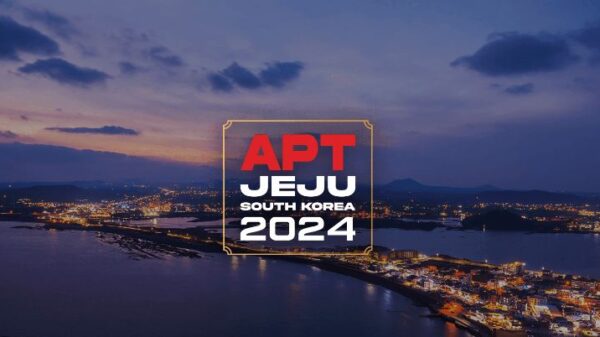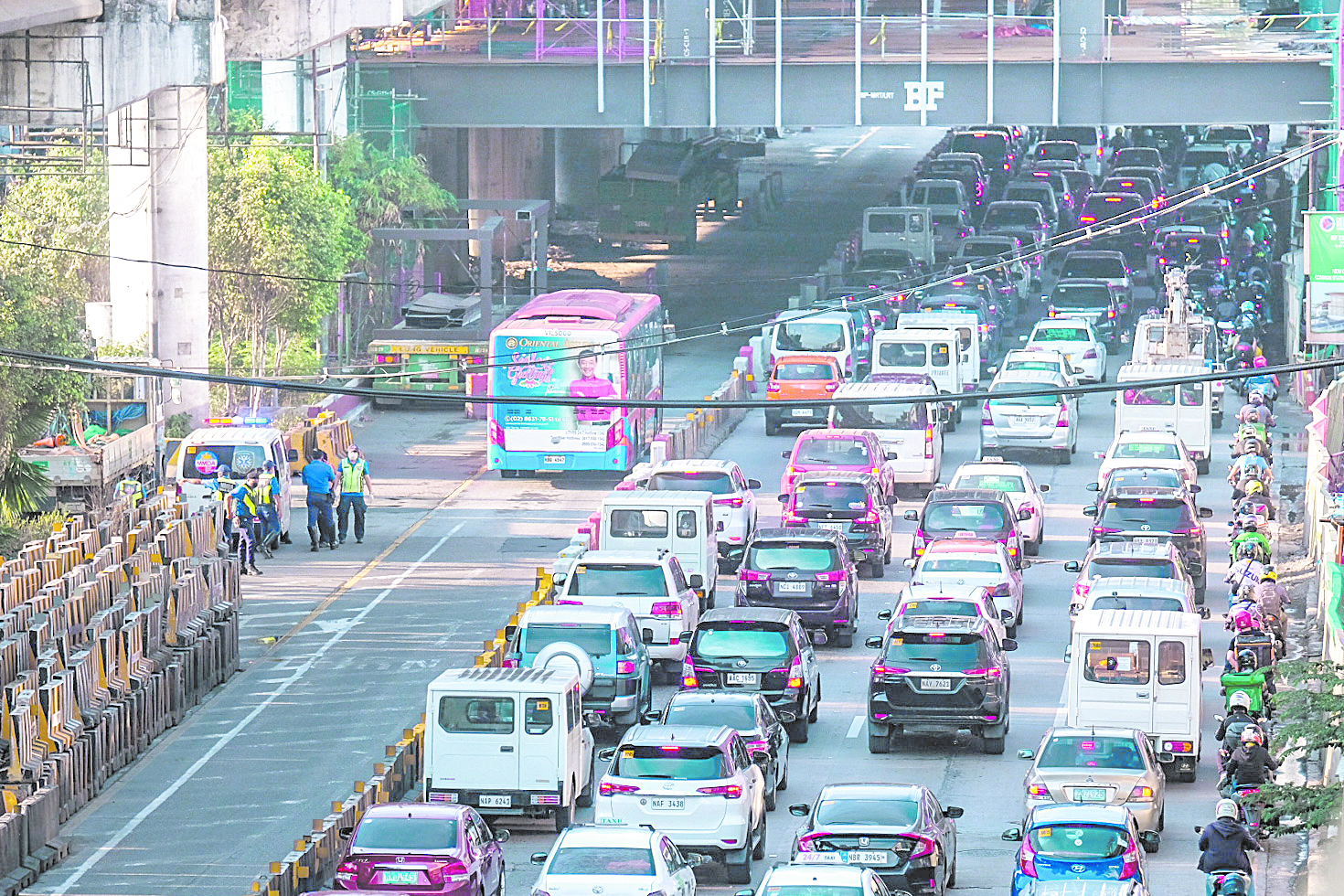In a twist of fate that could make the most seasoned Filipino motorist raise an eyebrow, Jose Arturo Tugade, the chief of the Land Transportation Office, has decided to throw in the towel.
Announcing his resignation effective 1 June, Tugade cited “differences” with the Department of Transportation, a move that speaks volumes about the shift happening in the corridors of transportation governance in the country.
The backdrop of Tugade’s exit is a landscape marred by challenges. One can’t help but notice the bottleneck that is the shortage of plastic cards for driver’s licenses, a crisis that threatens to bring the country’s traffic to a grinding halt.
Moreover, the ominous cloud of a looming shortage of vehicle plates hovers over the horizon. These are not mere bureaucratic hiccups; they are issues that directly impact the daily life of the Filipino motorist.
Peek under the hood, and you’ll find the root of the disagreement between Tugade and the DoTr.
A multibillion-peso contract to provide government license plates is at the center of the storm, with both sides seemingly locked in a gridlock over the terms of reference designed for the bidding process.
Whispers of favoritism for specific bidders have been exchanged, further fueling the fire of controversy.
The shortage of plastic cards has forced the LTO to pivot to temporary licenses printed on paper. It’s a nationwide problem that has the potential to stoke confusion among motorists and law enforcement alike.
But the LTO is quick to assure drivers that these paper licenses, equipped with a unique QR code, are both legitimate and verifiable. But this is a band-aid solution, a stopgap until the LTO can refill its stock of plastic cards.
The quest for vehicle plates, however, is another labyrinth to navigate.
The LTO is grappling with a backlog of a jaw-dropping 11.5 million motorcycle license plates and 2.3 million pairs of replacement plates.
But the LTO is not letting this mountainous task intimidate them.
With determination reminiscent of a marathon runner, it aims to tackle 90 percent of this backlog by the end of 2023.
It’s a race against time, and the LTO is pulling out all the stops, even extending the operating hours of its license plate manufacturing plant.
For the everyday Filipino motorist, these issues could translate to longer wait times, more red tape, and potential confusion on the road.
The lack of physical driver’s licenses could lead to disputes with law enforcement. The shortage of plates could delay the joy of riding a newly purchased vehicle. It’s a rough road ahead, indeed.
Yet, amid these challenges, the LTO remains resilient. It is prioritizing rear license plates and a decal for motorcycle front plates, even as it awaits the passage of a new law. It’s worth noting that the production line for newly registered vehicles remains unhampered.
The gears of bureaucracy are turning, albeit slowly.
The Department of Budget and Management has greenlit ₱4.7 billion to tackle the license plates backlog.
As for Tugade’s successor, the baton has yet to be passed, with Jaime Bautista, the Transportation Secretary, poised to make a recommendation to the Office of the President.
For the Filipino motorist, this whirlwind of changes at the LTO is more than just a headline.
It’s a saga that directly affects their ability to navigate the roads of their homeland. It’s a journey, filled with potholes and detours, that we’re all embarking on together. And it’s a journey that we hope will eventually lead to smoother roads ahead.

















